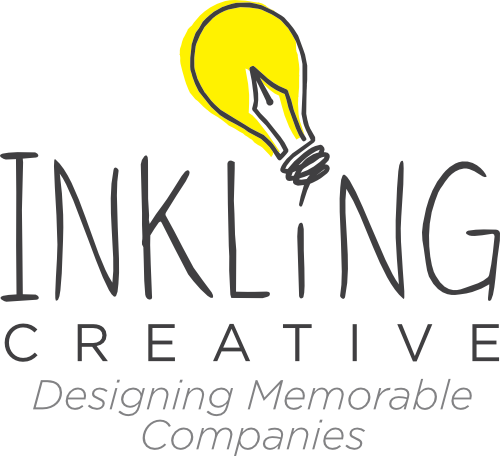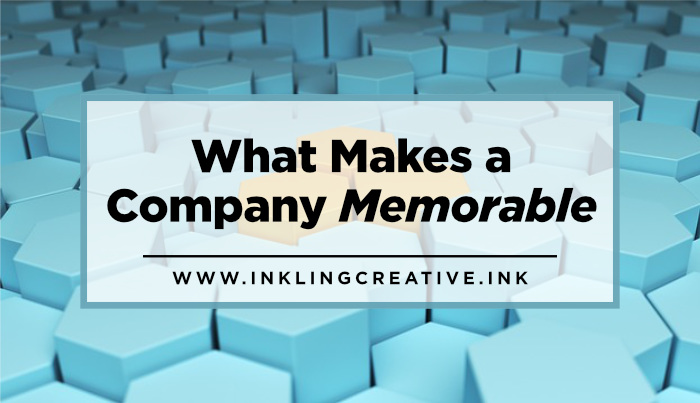Have you ever had someone explain to you how your greatest weakness is actually your greatest asset?
Well, that happened to me the other day.
The mastermind I’m a part of — TC Masterminds — really encourages members to get to know one another to learn about each other and their businesses.
Since getting together in-person is difficult sometimes, I had the privilege of meeting with Miles via Zoom. We first spent some time learning about one another’s businesses. He was fascinated with how my brain injury has influenced my company.
I am pretty self-conscious of how “slow” I am. Because of my traumatic brain injury, I don’t think quickly (leading to awkward pauses in conversations, etc), and I almost always need to reference notes when speaking in public. (This is for everyone’s benefit — I want to remember what I’m supposed to talk about without boring everyone as I go on a tangent...as I talk my way into remembering).
But he described my slowness as a competitive advantage. Not because of my public speaking skills (or lack of), but because of how thoughtful and detailed I am when I get to know a business.
These comments really piqued my interest, and I thought to myself, “you know, since Inkling is about making companies memorable, I really should simply describe how neuroscience explains why graphic design, branding, and print do just that.”
What Makes A Company Memorable
How to Create a Memorable Brand
So that’s what I did. I summarized what I learned during my recovery (and how my business helps yours) into three areas:

1. Simplicity reduces cognitive load
We remember what solves our problems
Graphic designers (or really most people) have a tendency to overcomplicate things and make them difficult to process. (This is a high “cognitive load.”)
That’s why we emphasize “clean” graphic design.
We get to know you well enough so we can visually and verbally simplify your message.
This is so your customers are not overwhelmed and actually find your marketing materials helpful…rather than immediately throwing them away. By doing this, your customers easily understand and remember what you and your company are all about.
Your customers can also look at your materials and quickly find what they need — which is one reason we really place an emphasis on icons. Then we clearly tell them how to respond and what they need to do next — contact you to meet their need.
When customers quickly learn how you solve their problem, they will remember you.
This is primarily how our graphic design makes companies memorable. But we also use graphic design when we brand companies. And so, simplicity really helps our memory, but so does repetition.

2. Repetition creates patterns
We remember what repeats
Our brains remember patterns, so they naturally recognize and create them — patterns make learning and remembering easier (Neuroscience News). And so, we want our companies to become one of those patterns.
If this is the case, how do companies do this? By having consistent branding.
Think about Apple, Starbucks, or Target. Because their branding is so consistent, we often don’t even need to see a logo before we know an ad or product is theirs.
This is why it’s so important to have consistent branding — your company looks the same over time and in all of its materials (website, brochures, flyers, etc.). You want your company to become that pattern.
Because, as the National Library of Medicine confirms, we remember what repeats.
When considering memory and our senses, in the case of branding, we may think of sight. But we may not consider how our involved our other senses actually are. That’s why print helps make companies memorable too.

3. Tangibility guides behavior
We remember what makes an impact
Print is alive and well and will always have advantages that online marketing does not. Here are just a few:
- Print readers comprehend and remember more. The multi-sensory experience of touching and holding paper helps readers form connections between concepts and content — which leads to a greater memory of both.
- Reading on paper is slower and more intentional. Because of this, printed material allows us to concentrate, connect, and remember.
- Print is trusted. Because web information can easily be changed, it requires much less fact-checking than print. This gives print more credibility. And we remember more when we aren’t questioning content’s credibility (even if it is unconscious).
- Print encourages sales. While digital media encourages customer interaction, physical media (such as print) encourages customer action (such as sales).
For the reasons listed above, the tangibility of print guides our behavior, and print helps our bottom line: and we remember what makes an impact.
By now you can see how important graphic design, branding, and print are to your company's health and longevity. We can help you make this part of your marketing plan.
Let us show you how we make your company memorable.
If we can help in any way, please contact us or email us with any questions.

